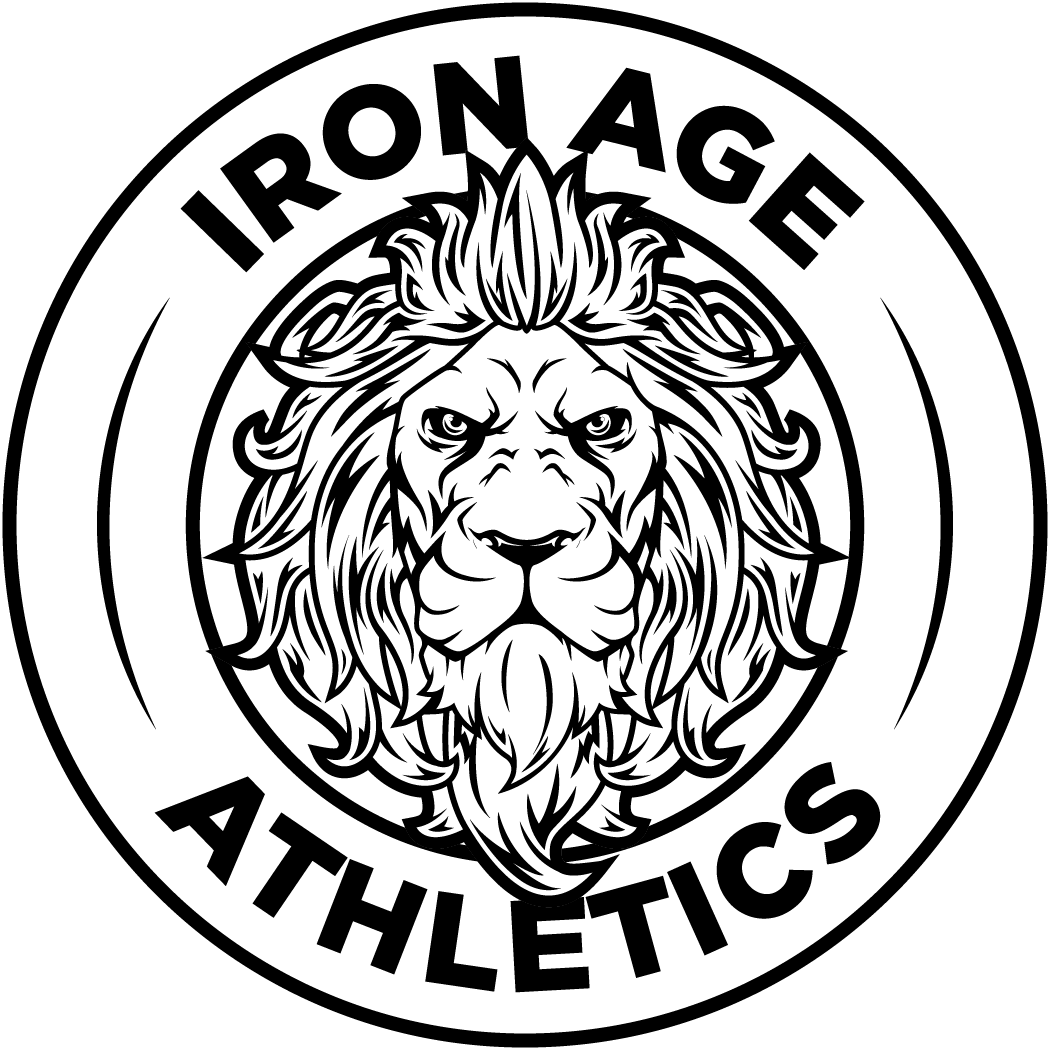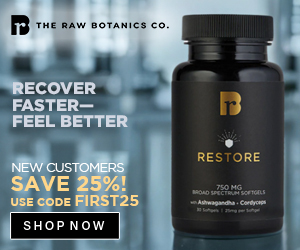September 2024 Newsletter
by Iron Age Athletics
(the Longevity* Issue)
Opening Remarks
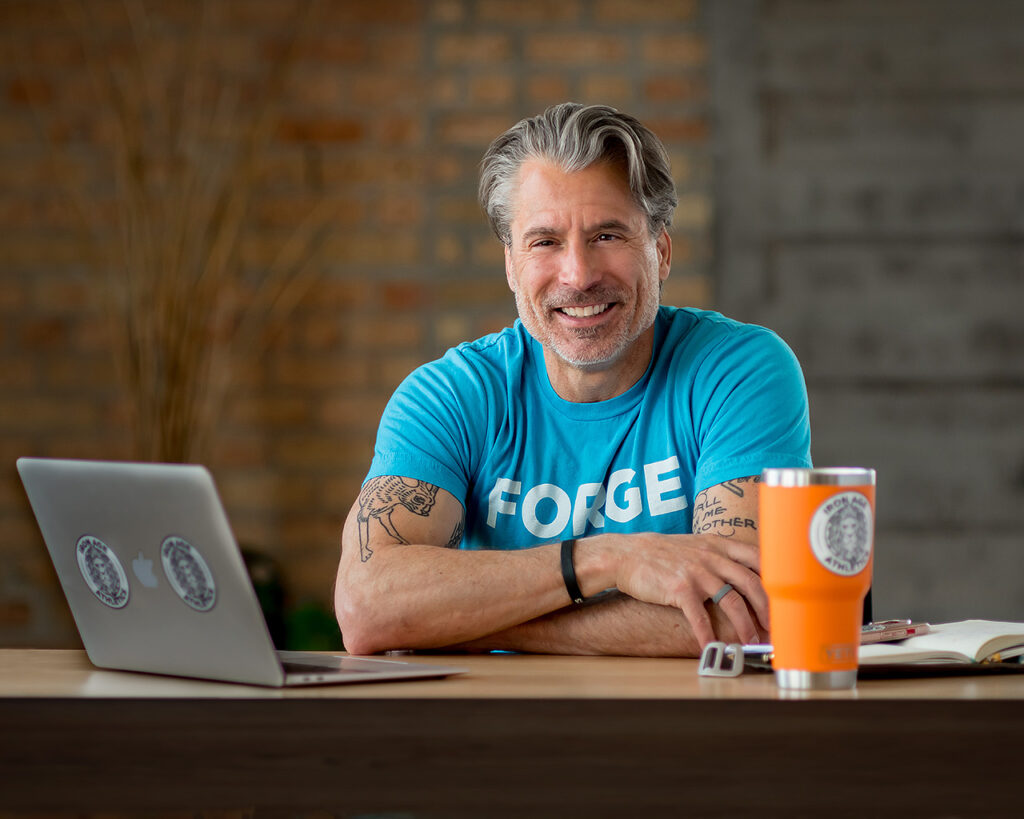
.
Why a longevity issue? Simply … I’ve seen enough.
But let me backtrack a bit first.
As much as I love the Fitness Fanatics Over 50 communities that exist on the various social channels, those people and those communities, they don’t need any help. They’ve got things pretty well figured out. I’m not even sure they need or want another type of community or group to be a part of. I think they have that taken care of as well.
The Fitness Fanatics of the world are the one-percenters. Maybe the 0.01% of the over 50 crowd.
The next 10% are fit. Healthy.
Another 15% are fairly healthy. Doing OK.
It’s the other 75% that I worry about. Mainly the people at the back end. Like I said, I’ve seen enough.
The people using walkers and scooters who might not be in that state if they had adopted some healthier habits earlier in life.
The people who struggle just to walk around. The people who struggle with basic mobility.
We just finished a cruise to New England and Canada – and yes, it was an older crowd – but the large percentage of people who were overweight, extremely overweight, using canes, walkers, scooters, etc. was alarming. Watching people put themselves in a precarious/dangerous situation getting in and out of a jacuzzi … as a fitness-minded person I was really struggling with what I saw.
Certainly there are those with medical and other issues that put a relatively healthy life out of their immediate control. But the others – that can be prevented.
I think this is where my focus needs to be for a while – on promoting longevity habits.
So that’s where this issue comes in, it’s that first, small step.
…
The contents of this newsletter are just a few short thoughts on where someone might want to begin when thinking about longevity – with some initial and basic information on a few of the longevity elements we can most easily control: Exercise, Nutrition and Sleep.
What will be following over the next few months is the Iron Age Athletics brand being retooled more to focus on promoting longevity with news, information sharing, interviews, etc. that will hopefully motivate and inspire those in or approaching our “iron age” to take their “health span” seriously.
What is Longevity

.
I’m sure there are many definitions out there ranging from anti-aging leaning descriptions to ones that are more fitness-centric. I tend to lean toward the fitness side, so I define longevity as: living longer with a higher quality of life.
Dr. Peter Attia refers to this as “health span” in his best selling book “Outlive”.
He explains it graphically in the chart shown above – the MED 3.0 dotted line equaling “health span”.
The gap between MED 3.0 and MED 2.0 is quality of life.
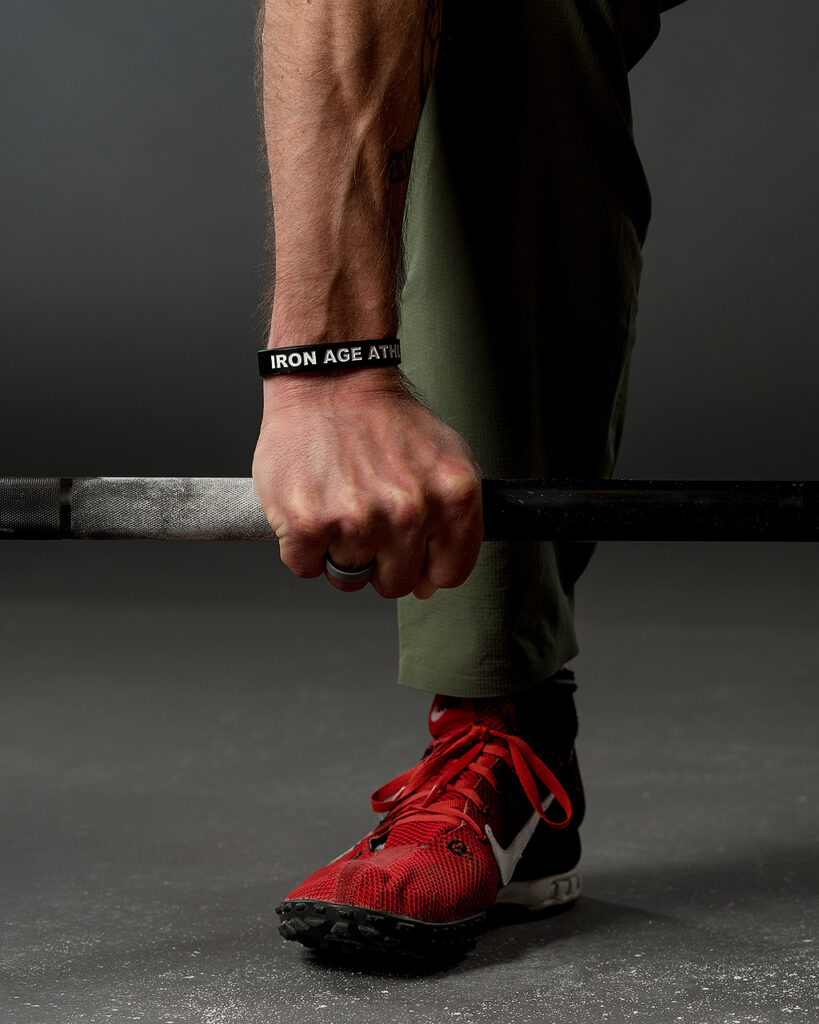
Components of Longevity
There are many components that make up the various parts of the longevity puzzle. Here are the more common ones we see on a regular basis (there are more):
- Genetics
- Exercise
- Nutrition
- Sleep
- Emotional Health
- Family
- Community
- Drugs, Hormones, Supplements
- Medical (mainly – current medical practices, coupled with preventative and personalized medicine – which is part of what Attia refers to as Medicine 3.0)
- Bio-Hacking
- Financial/Economic
- Environment/Lifestyle
The Four
Of the above components, the ones we can more easily control or work into our daily lives are:
- Exercise
-
- Weight/Strength Training
- Aerobic Training
-
- Nutrition
- Sleep
I say “four” because it’s not just about generic exercise – you have to be doing weight/strength training and cardio work. Both elements, not just one or the other, are critical to longevity.

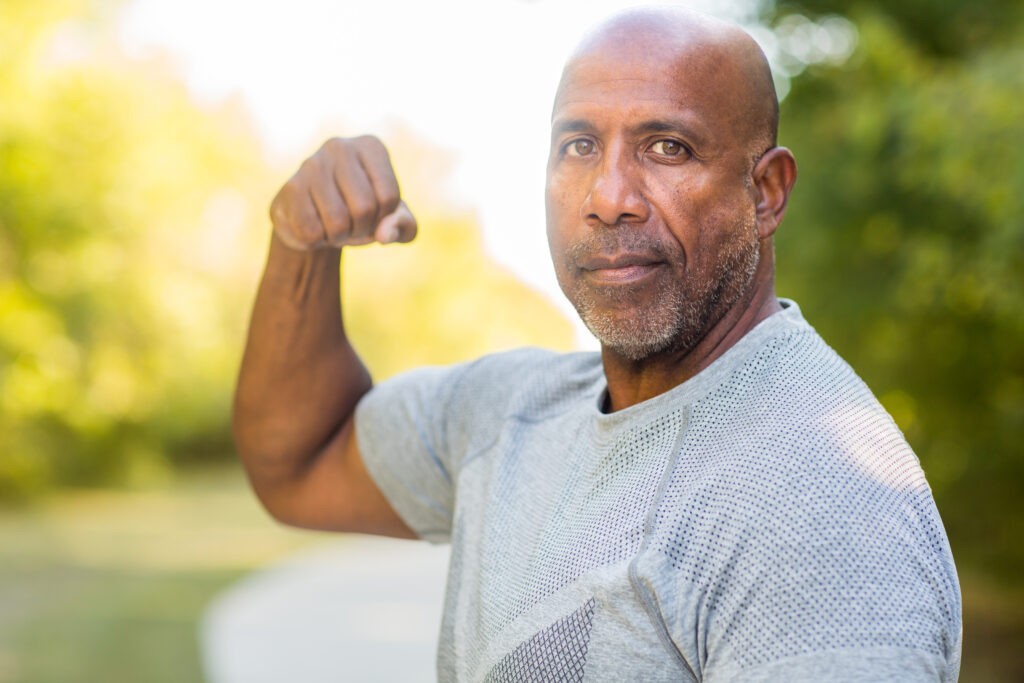
Weight / Strength Training
Many people believe that exercise, above all else, is the #1 most important thing we can do to increase our longevity, with weight / strength training topping the list.
There is an enormous amount of data that indicates even a small amount of exercise can increase your life by years. Exercise can delay the onset of chronic disease while slowing or even reversing physical decline – which will have a huge impact on your quality of life.
Muscle mass can start declining when we get into our 30’s – and continues at a steady decline as we age. The same with our strength (which is actually lost at a faster rate than muscle mass).
Muscle mass is, simply, the amount of muscle in your body. Strength is really about how much can we push, pull, carry, etc.
If you want to get on the longevity train, you need to be weight / strength training multiple times a week.
And don’t stop.
Ever.
Muscle mass and strength are lost far quicker than they are gained. And the older we get, the harder it will be to get those gains back (but not impossible).
If you want to remain mobile. If you want to pick up your grandchildren. If you want to be able to carry in the groceries at 90 – then you need to maintain your muscle mass and your strength.
Aerobic Training
How efficiently can your body deliver oxygen to your muscles? How efficiently can your muscles extract and use that oxygen for activity, whether for sports (like running) or your daily activities (like carrying in the groceries).
Why is this important to longevity? If you don’t stay fit aerobically (usually measured in VO2 max), you simply won’t have the capacity to do much – limiting your quality of life.
In addition, data suggests VO2 max levels are highly correlated to longevity – simply put – the higher your VO2 max, the lower your mortality rate. It’s no surprise that fitter people have lower mortality rates, but it goes deeper than that.
- Many studies show poor aerobic fitness is more of a risk to your health than smoking
- If you are in the bottom percentages of VO2 max levels, you are about 4 times more likelier to die than someone in the top percentages
As with weight / strength training – if you want to get on the longevity train, you need to have good cardio fitness. So start walking, run, row, bike – anything like this – multiple times a week.
You’ll hear a lot about training in “zone 2” – which is a pace a little more than easy. That’s a good place to spend the majority of your cardio time.
Again, we’ll be sharing a lot more information in the upcoming months.

Nutrition
OK, let’s start down the slipperiest of slopes, shall we.
Most of us know we should be eating better. But what does that even mean? Ask a few experts and you will get a a few different answers. Ask a lot of experts and you will get a lot of different answers.
Each seemingly contradicting the other. It turns into a shit show pretty quickly – and that’s before we even start talking to people who “think” they know what they’re talking about.
So what do we do?
One simple thing (considering the percentage of obese people in the US is around 40%, while another 1/3 of us are overweight) is simply to eat less. We should avoid getting to the point where are bodies are storing “visceral fat”. Visceral fat is excess fat that “overflows your normal fat stores and moves into your blood, liver, muscle tissue, kidneys, heart and pancreas.
This excess fat increases the risk of cardiovascular disease.
This LINK explains the difference between visceral fat vs. subcutaneous fat.
So what about eating better?
Certainly eating less processed and ultra-processed food is a good start.
These are defined pretty clearly by the Harvard Medical School:
Unprocessed or minimally processed foods are whole foods in which the vitamins and nutrients are still intact. The food is in its natural (or nearly natural) state. These foods may be minimally altered by removal of inedible parts, drying, crushing, roasting, boiling, freezing, or pasteurization, to make them suitable to store and safe to consume. Unprocessed or minimally processed foods would include carrots, apples, raw chicken, melon, and raw, unsalted nuts.
Processing changes a food from its natural state. Processed foods are essentially made by adding salt, oil, sugar, or other substances. Examples include canned fish or canned vegetables, fruits in syrup, and freshly made breads. Most processed foods have two or three ingredients.
Some foods are highly processed or ultra-processed. They most likely have many added ingredients such as sugar, salt, fat, and artificial colors or preservatives. Ultra-processed foods are made mostly from substances extracted from foods, such as fats, starches, added sugars, and hydrogenated fats. They may also contain additives like artificial colors and flavors or stabilizers. Examples of these foods are frozen meals, soft drinks, hot dogs and cold cuts, fast food, packaged cookies, cakes, and salty snacks.
Other than that, at least for now any way (because I want this into newsletter to be brief) is to definitely pay attention your to your protein intake – it will be critical to maintaining muscle mass.
The US recommended dietary allowance for protein is 0.8g/kg of body weight – which is considered far too low by many.
Consider this snippet from a popular nutrition calculator:
The amount of protein that the human body requires daily is dependent on many conditions, including overall energy intake, growth of the individual, and physical activity level. It is often estimated based on body weight, as a percentage of total caloric intake (10-35%), or based on age alone. 0.8g/kg of body weight is a commonly cited recommended dietary allowance (RDA). This value is the minimum recommended value to maintain basic nutritional requirements, but consuming more protein, up to a certain point, maybe beneficial, depending on the sources of the protein.
The recommended range of protein intake is between 0.8 g/kg and 1.8 g/kg of body weight, dependent on the many factors listed above. People who are highly active, or who wish to build more muscle should generally consume more protein. Some sources suggest consuming between 1.8 to 2 g/kg for those who are highly active. The amount of protein a person should consume, to date, is not an exact science, and each individual should consult a specialist, be it a dietitian, doctor, or personal trainer, to help determine their individual needs.
Protein is one of the three macros that make up our diet, the others bering carbohydrates and fat.
We’ll share more nutrition information later as we consult and interview doctors, nutritionists and trainers with a slant towards longevity.
Sleep
Sleep has long been ignored as a crucial piece to our physical and mental health, but newer research has shown just how detrimental a lack of sleep can be to the body’s ability to repair.
Under sleeping (less than 7 hours a night on average) is linked to everything from being more likely to get sick to being more likely to die of a heart attack. It plays with your hormones. It increases your changes of becoming diabetic. It infringes on healthy brain function (which is needed in the fight against Alzheimer’s disease).
A lot of bad stuff.
So, for now, and again to keep things short, data suggests most of us need about 7.5 to 8.5 hours of sleep a night.
As we begin to push out more longevity content, we’ll share tips and best practices for getting better sleep.
You’ll hear a lot about training in “zone 2” – which is a pace a little more than easy. That’s a good place to spend the majority of your cardio time.
Again, we’ll be sharing a lot more information in the upcoming months.
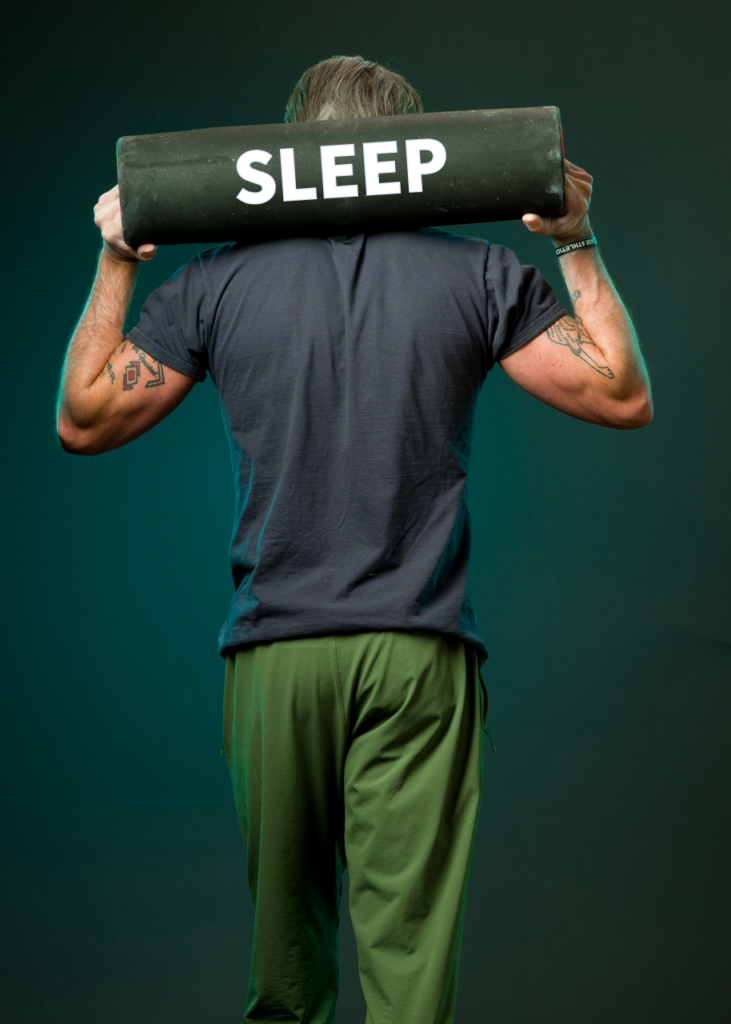
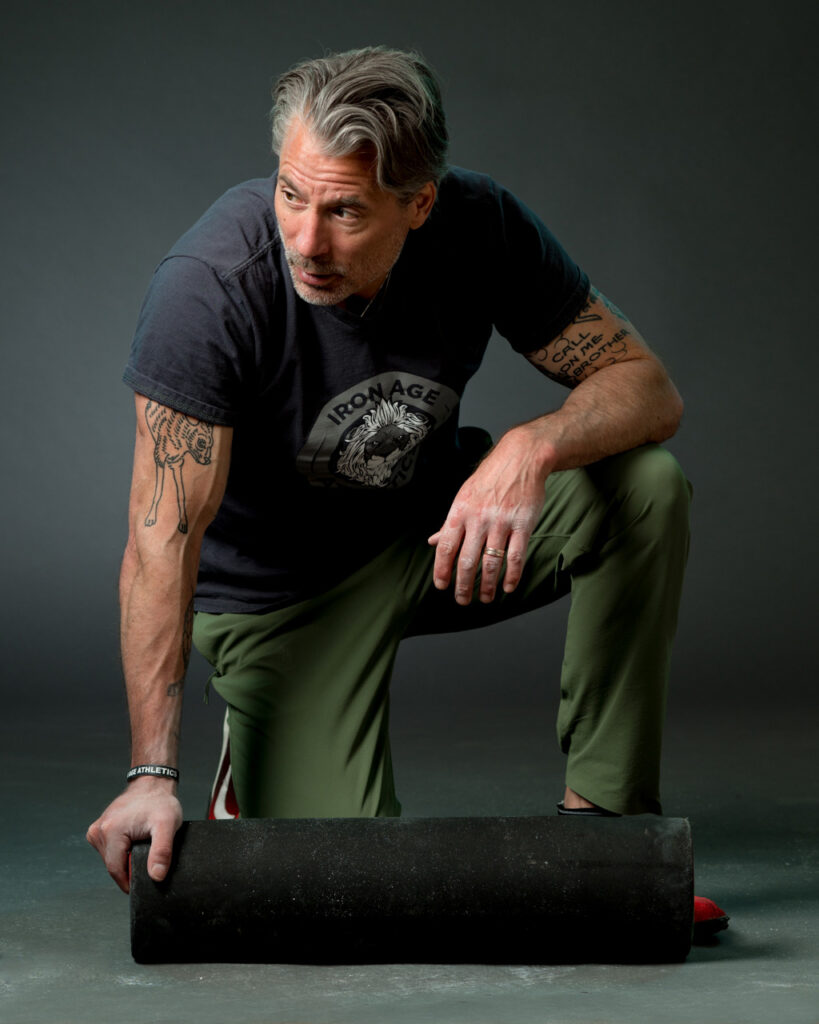
Closing Remarks
I hope this longevity issue is good reminder that we can do some things that will have an impact on our health span so we can thrive in our Iron Age. And I hope this new focus for the Iron Age Athletics brand will help promote health and wellness to a much larger audience than just fitness fanatics.
It’s never been more clear to me that our lives depend on it.
I get so much joy out of exercising with my adult children that I haven’t missed a day of exercise in almost six years. Every day I do some form of weight/strength training, running, hiking or some combo of the two. And still being able to keep up with my kids is truly one of the great joys of my life.
But as I think in longer timeframes, I know I won’t be able to knock out 400 meter intervals on the track with my son forever. But wouldn’t it be great to, at say 90, to pick up your great-granddaughter doing the holidays like THIS.
Some People to Follow
Here is a short list of a few people I follow on Instagram who share excellent health, fitness, nutrition and longevity information:
- Jordan Syatt (@syattfitness)
- Dr. Peter Attia (@peterattiamd)
- Dr. James DiNicolantonio (@drjamesdinic)
- Dr. Vonda Wright (@drvondawright)
- Dr. Mark Hyman (@drmarkhyman)

Our Charity
The Grey Muzzle Organization improves the lives of at-risk senior dogs by providing funding and resources to animal shelters, rescue organizations, sanctuaries, and other non-profit groups nationwide.
Our Iron Age Fitness Decathlon is the event we host to raise money for the Grey Muzzle Organization.
*Disclaimer
I am not a doctor, nutritionist, certified trainer or somnologist (sleep expert) – or anything else that would give me instant credibility in regards to exercise, nutrition or sleep habits. What I am is a fitness fanatic wishing to promote basic longevity habits that I have read about, researched and explored myself over the years. Before you do anything new or different with your exercise, nutrition or sleep habits, consult with a trusted doctor.

